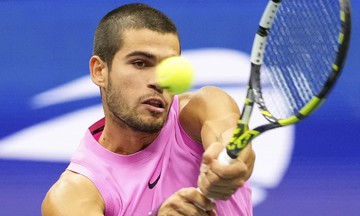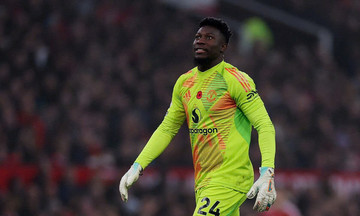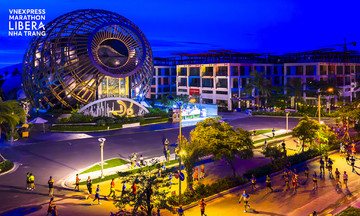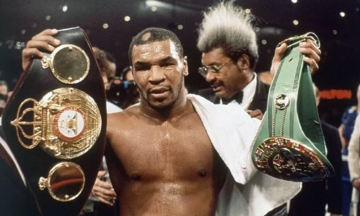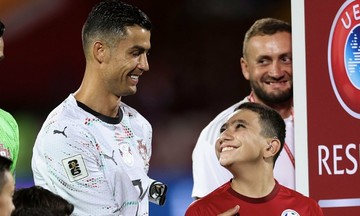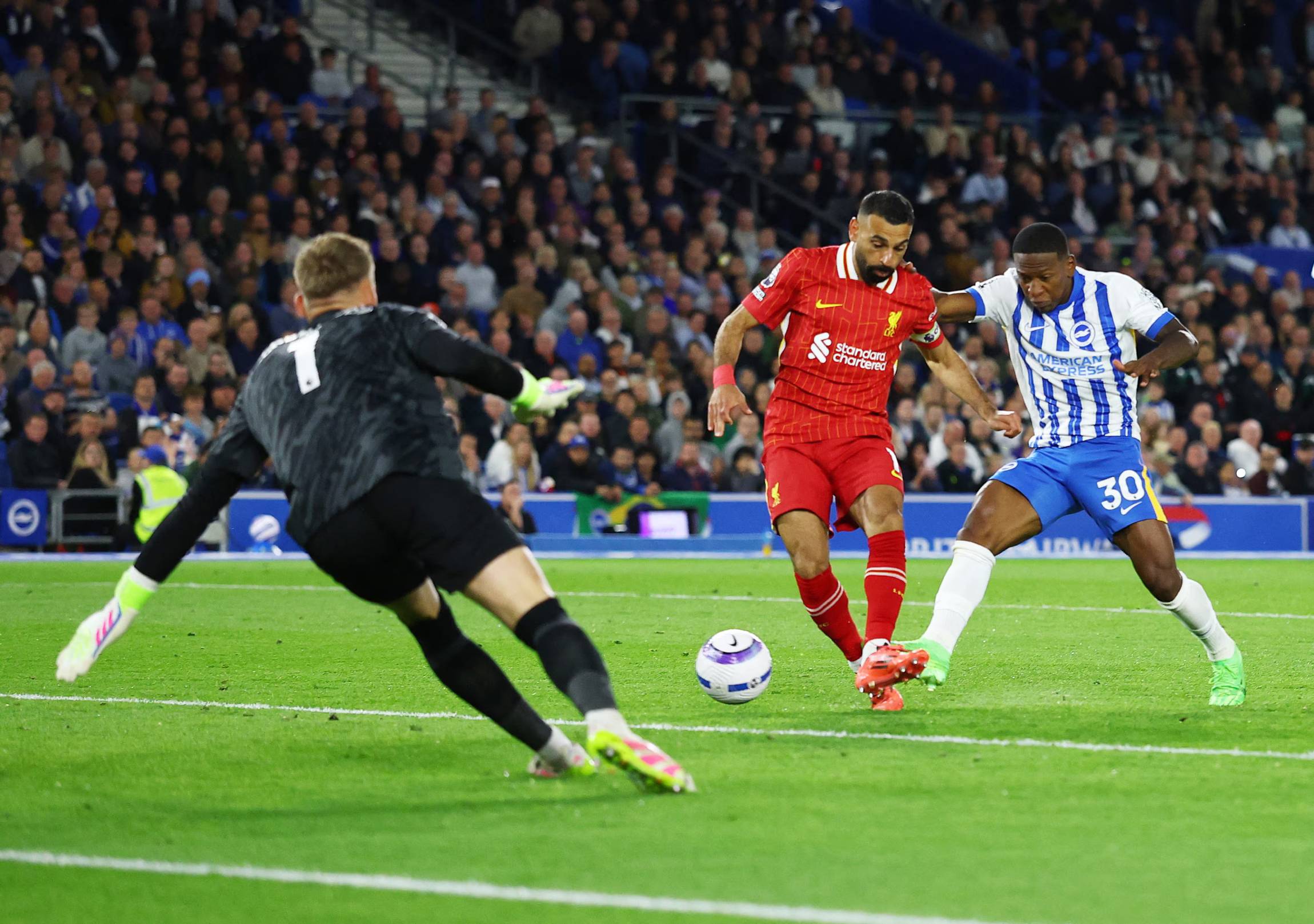 |
Salah (in red) was the Premier League's top scorer and top assist provider in 2024-2025. Photo: Reuters |
Salah (in red) was the Premier League's top scorer and top assist provider in 2024-2025. Photo: Reuters
Over the past 15 years, the left-footed right winger has become a prominent trend in football.
Pioneered by players like Messi, Robben, Bale, and Angel Di Maria, this style has been successfully adopted by Mohamed Salah, Riyad Mahrez, Michael Olise, and Lamine Yamal. Their shared trait is the ability to cut inside from the right wing and shoot, rather than staying wide and crossing. This approach has proven highly effective, leading clubs to actively seek out or develop players with similar qualities.
At the turn of the century, traditional wingers and the art of crossing dominated the Premier League. The 4-4-2 formation with two strikers, two central midfielders, and two wingers was prevalent. Sir Alex Ferguson's Man Utd exemplified this, with left-footed Ryan Giggs on the left wing and right-footed David Beckham on the right. Their primary role was to deliver crosses into the box. Cutting inside was discouraged, as it narrowed the team's width, congested the midfield, and risked counter-attacks.
Modern football, however, tells a different story. Wingers, especially left-footed right wingers, frequently cut inside. This presents them with four options: shooting, dribbling to disrupt the opponent's defense, playing a through ball, or overlapping with teammates to pressure the goal.
Data analysis supports this tactical shift. According to The Athletic, only 1.3% of crosses directly lead to goals. Even including goals scored within six seconds of a cross, the statistic only rises to 2%. With crossing becoming less effective, teams have transitioned from 4-4-2 to formations like 4-3-3 or 4-2-3-1. Left-footed right wingers and right-footed left wingers play increasingly crucial roles. The success of Barca with Messi and Neymar, Real Madrid with Ronaldo and Bale, and Bayern Munich with Robben and Franck Ribery are prime examples.
"If you are right-footed, playing on the right wing, and receive the ball 10 times, you might run wide seven times. But if you are left-footed on the right wing, you can cut inside and create goals more easily. This also compensates if the striker isn't scoring as much," said Rogerio Ferreira, the coach who developed talents like Estevao and Endrick at Palmeiras.
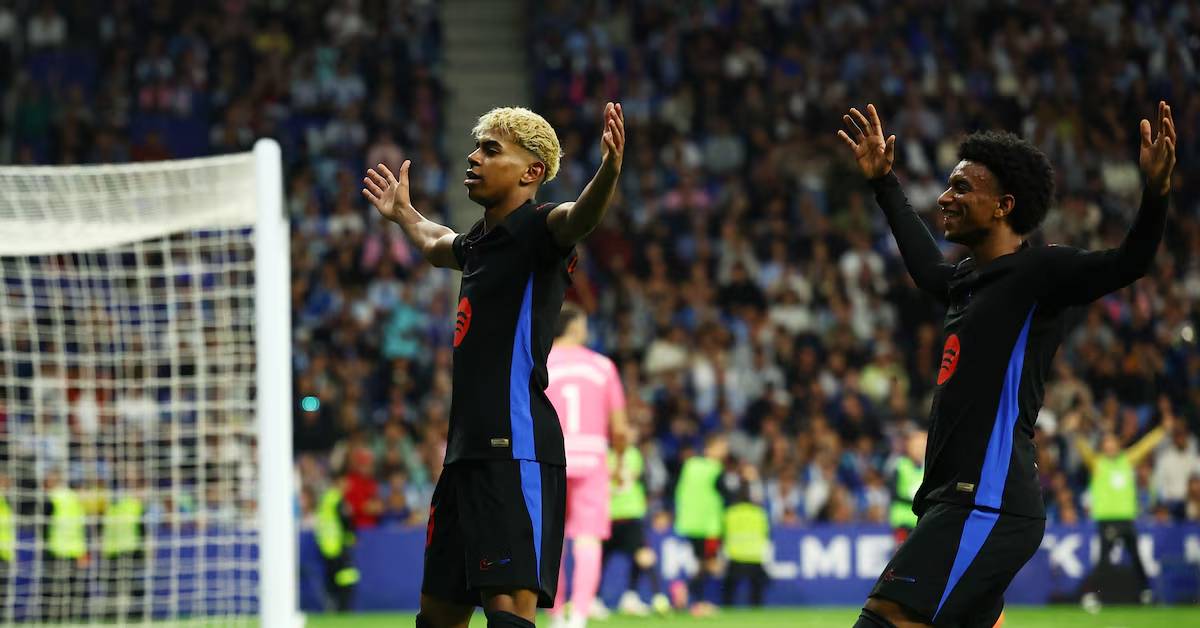 |
Yamal (blond hair) helped Barca achieve a domestic treble in the 2024-2025 season. Photo: Reuters |
Yamal (blond hair) helped Barca achieve a domestic treble in the 2024-2025 season. Photo: Reuters
Deploying left-footed right wingers, or right-footed left wingers, also creates a ripple effect across the pitch. The most obvious change is the increased importance of full-backs. Previously, full-backs didn't need to contribute much to the attack. Now, they cover the entire length of the pitch, holding the width while wingers cut inside, delivering effective crosses, and maintaining defensive solidity.
Wingers have also transformed the role of the striker. Once solely focused on finishing, strikers now need to combine with teammates, create chances, or even orchestrate attacks. Roberto Firmino at Liverpool and Karim Benzema at Real Madrid exemplify this evolution.
With creative strikers, inward-cutting wingers, and attacking full-backs, central midfielders must also play with greater caution to avoid being exposed on the counter-attack. Georginio Wijnaldum at Liverpool is a case in point, transitioning from a box-to-box, goal-scoring midfielder to a player focused on winning possession and distributing the ball.
Why are left-footed right wingers so expensive? Studies suggest only 20% of players are left-footed, and of those, only 80% are suited to the right wing. Factoring in other essential attributes like pace, stamina, dribbling ability, and composure in front of goal, finding an exceptional player becomes even rarer. It's no surprise, then, that at the highest level, players like Messi, Robben, Bale, or Salah emerge perhaps only once every three years, or even less frequently.
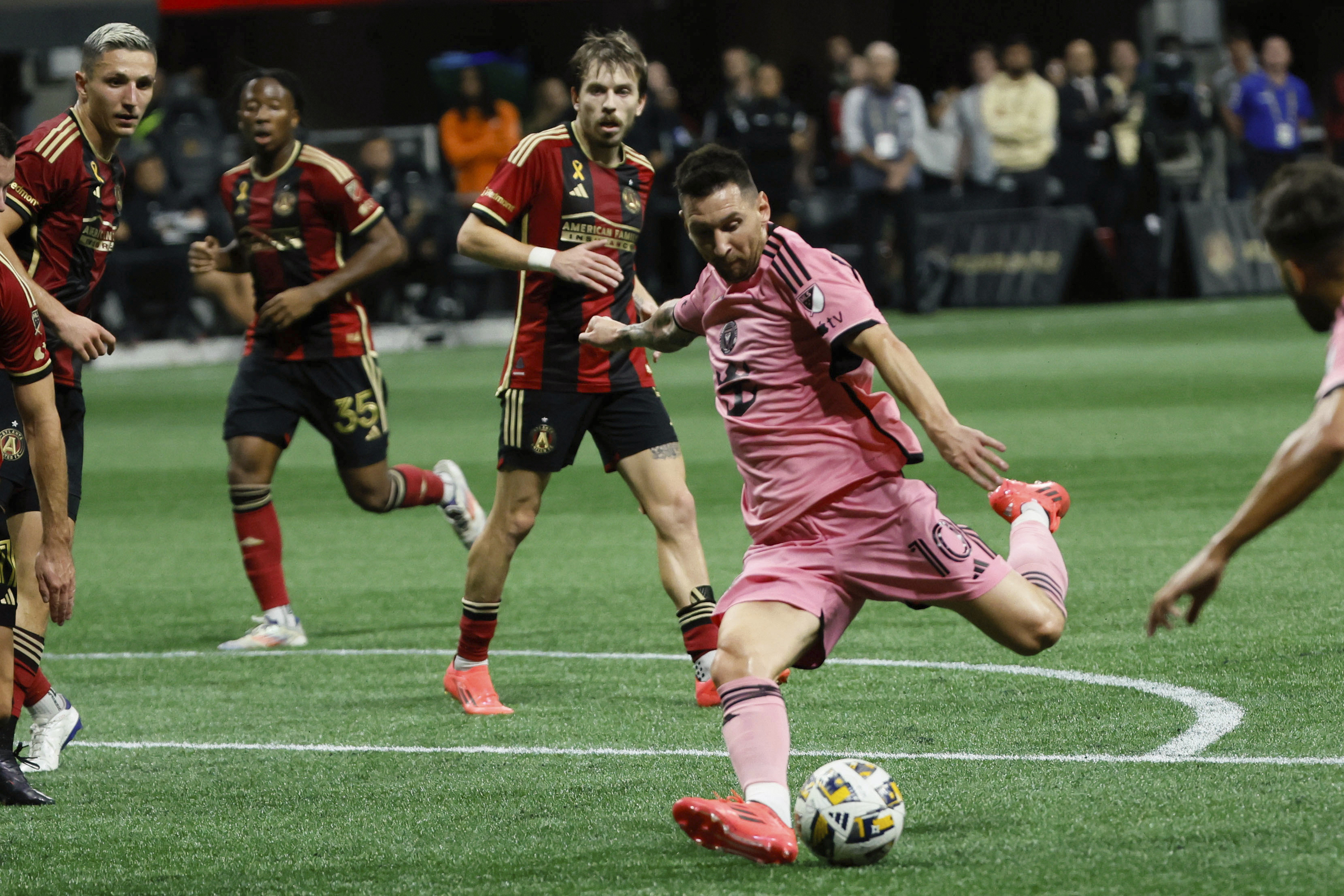 |
Messi (10) shoots with his left foot during Inter Miami's match against Atalanta in MLS on 18/9/2024. Photo: AP |
Messi (10) shoots with his left foot during Inter Miami's match against Atalanta in MLS on 18/9/2024. Photo: AP
Today, clubs prioritize acquiring or developing left-footed right wingers. They scout early and are willing to invest heavily to secure their targets, preempting rivals.
"When I was at Bahia, scouts used to say: 'If you have a player who's quick and good in one-on-one situations, put them on the wing, because that's the most valuable player in the world.' Clubs can produce many defenders or central midfielders. But this type of player is what we're looking for. This is true for almost every Brazilian club," added Ferreira.
Globally, left-footed right wingers are increasingly expensive. Transfermarkt currently values Yamal at 235 million USD. Real Madrid recently spent 74 million, including add-ons, to acquire Franco Mastantuono, while Chelsea paid 78 million for Estevao. All three players were born in 2007 and have only played professionally for a maximum of two years.
Thanh Quy (via The Athletic, ESPN)







